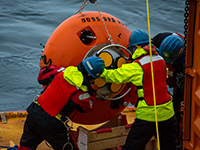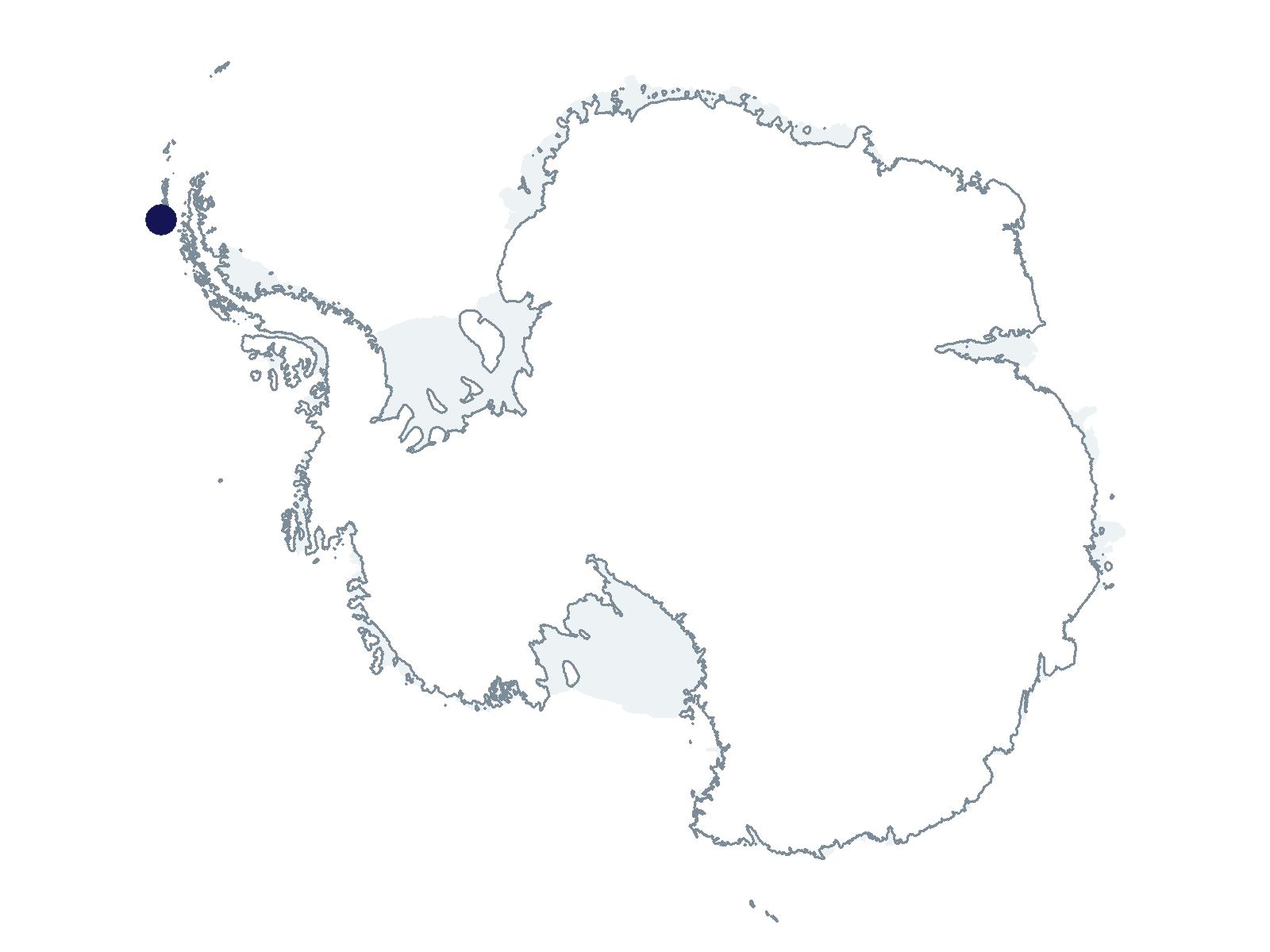2022-2023 USAP Field Season
Project Detail Project TitleUS Antarctic Marine Living Resources Program (AMLR) Summary
Event Number:
Program Director:
ASC POC/Implementer: Principal Investigator(s)
Dr. George Watters
Project Web Site: Location
Supporting Stations: ARSV Laurence M. Gould DescriptionThe National Oceanic and Atmospheric Administration (NOAA) Fisheries' Antarctic Marine Living Resources (AMLR) program collects data and provides scientific information to better inform decision making by the Commission for the Conservation of Antarctic Living Marine Resources. For the past 25 austral summers, the AMLR field program has been conducted in the vicinity of Elephant Island, the South Shetland Islands, and the Antarctic Peninsula. The Antarctic Ecosystem Research Division (AERD, Southwest Fisheries Science Center) will deploy an array of upward-looking acoustic moorings and a fleet of autonomous gliders, equipped with acoustic sensors to collect data on biomass distribution and transport of krill. The objectives of this work are: 1) to quantify and understand interactions between krill, krill predators (e.g., penguins and seals), and the Antarctic krill fishery; 2) to estimate krill flux through and standing biomass in areas where krill, predators, and the fishery overlap in space and time. The deployment of moorings and gliders off Cape Shirreff, Livingston Island continues a time series established in 2018, while the moorings and gliders deployed in Bransfield and Gerlache Straits will provide data on biomass of krill in the Bransfield Strait.
Field Season OverviewThe NOAA AMLR group will deploy four subsurface moorings and four Slocum gliders in December 2022 around the Livingston Island area. The four gliders will be recovered by the Palmer LTER program during their annual cruise as part of a collaboration. In addition to recovering the four gliders, LTER will deploy four additional NOAA subsurface moorings. All moorings will collect data until the following austral summer when they will be recovered.
Deploying Team Members
|
2022-2023 Science Planning Summary



For USAP Participants |
For The Public |
For Researchers and EducatorsContact UsU.S. National Science FoundationOffice of Polar Programs Geosciences Directorate 2415 Eisenhower Avenue, Suite W7100 Alexandria, VA 22314 Sign up for the NSF Office of Polar Programs newsletter and events. Feedback Form |



